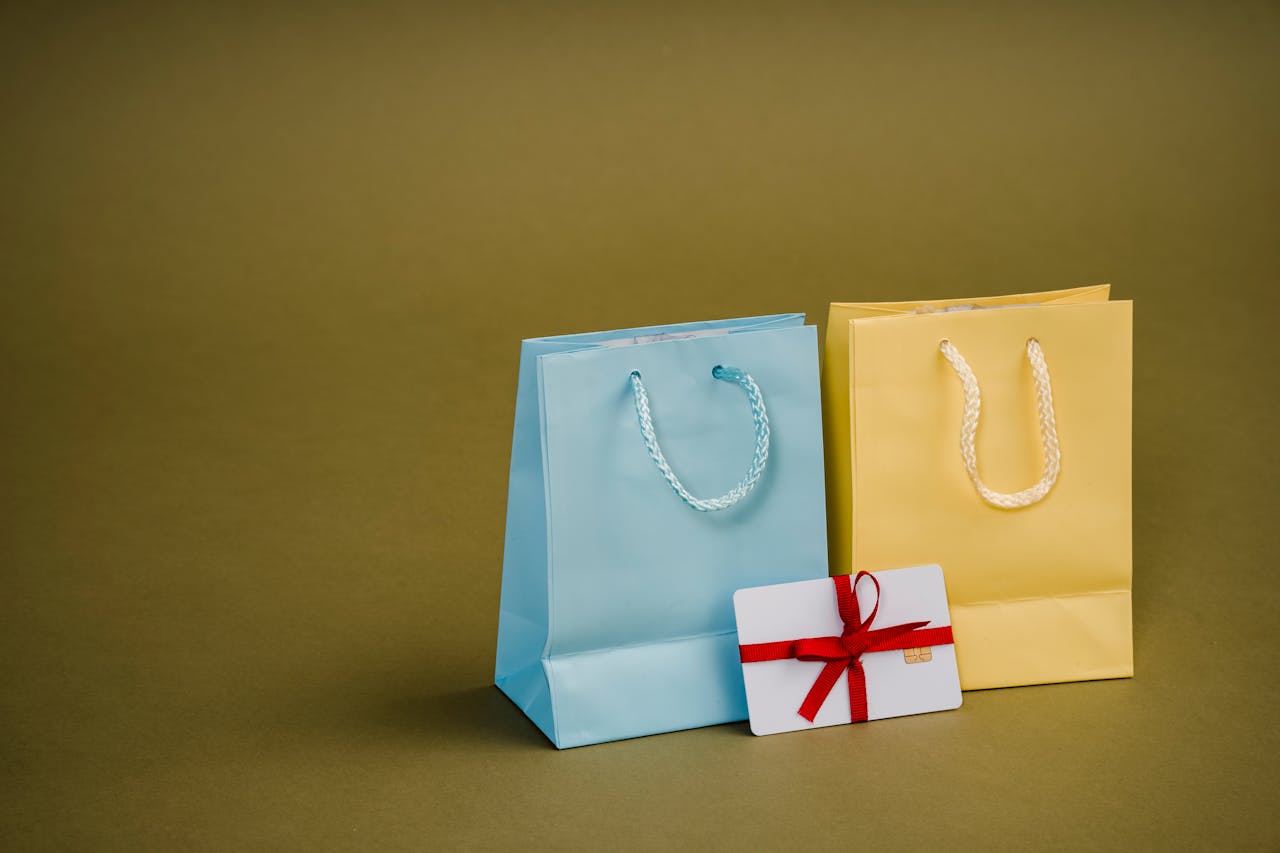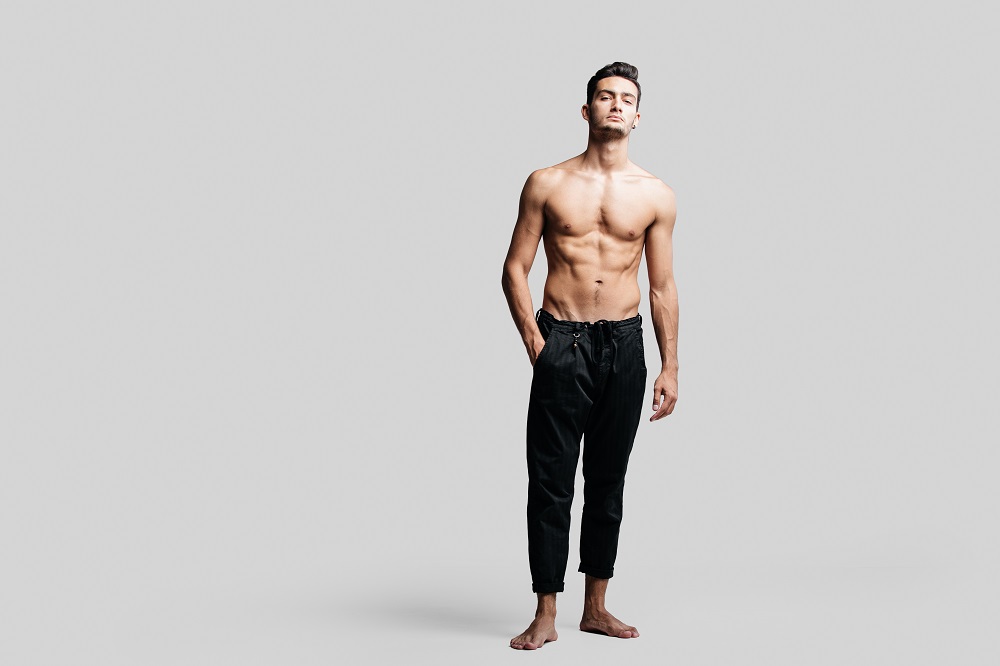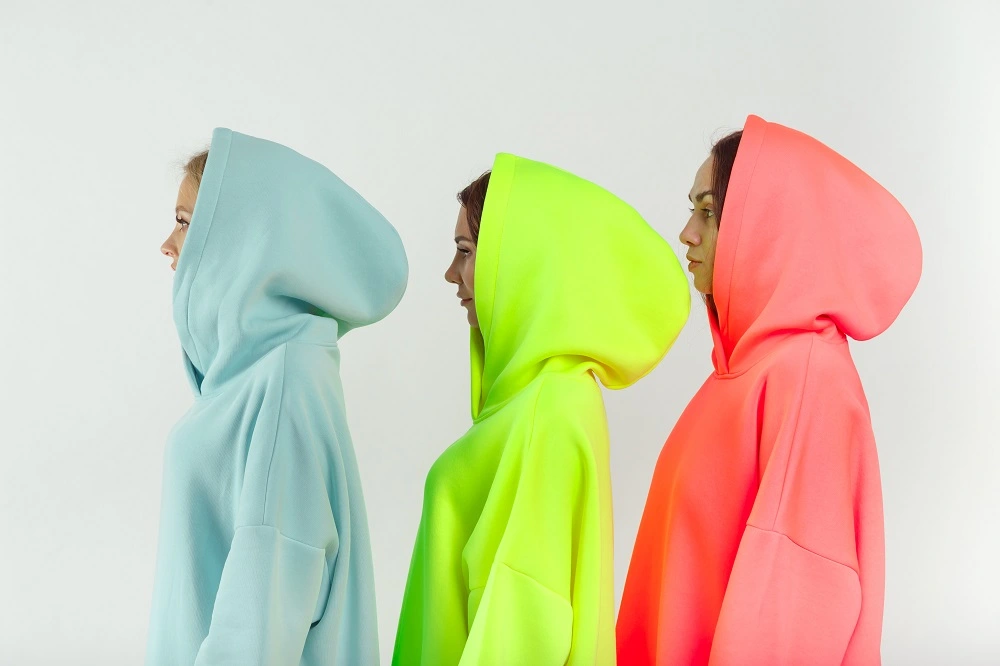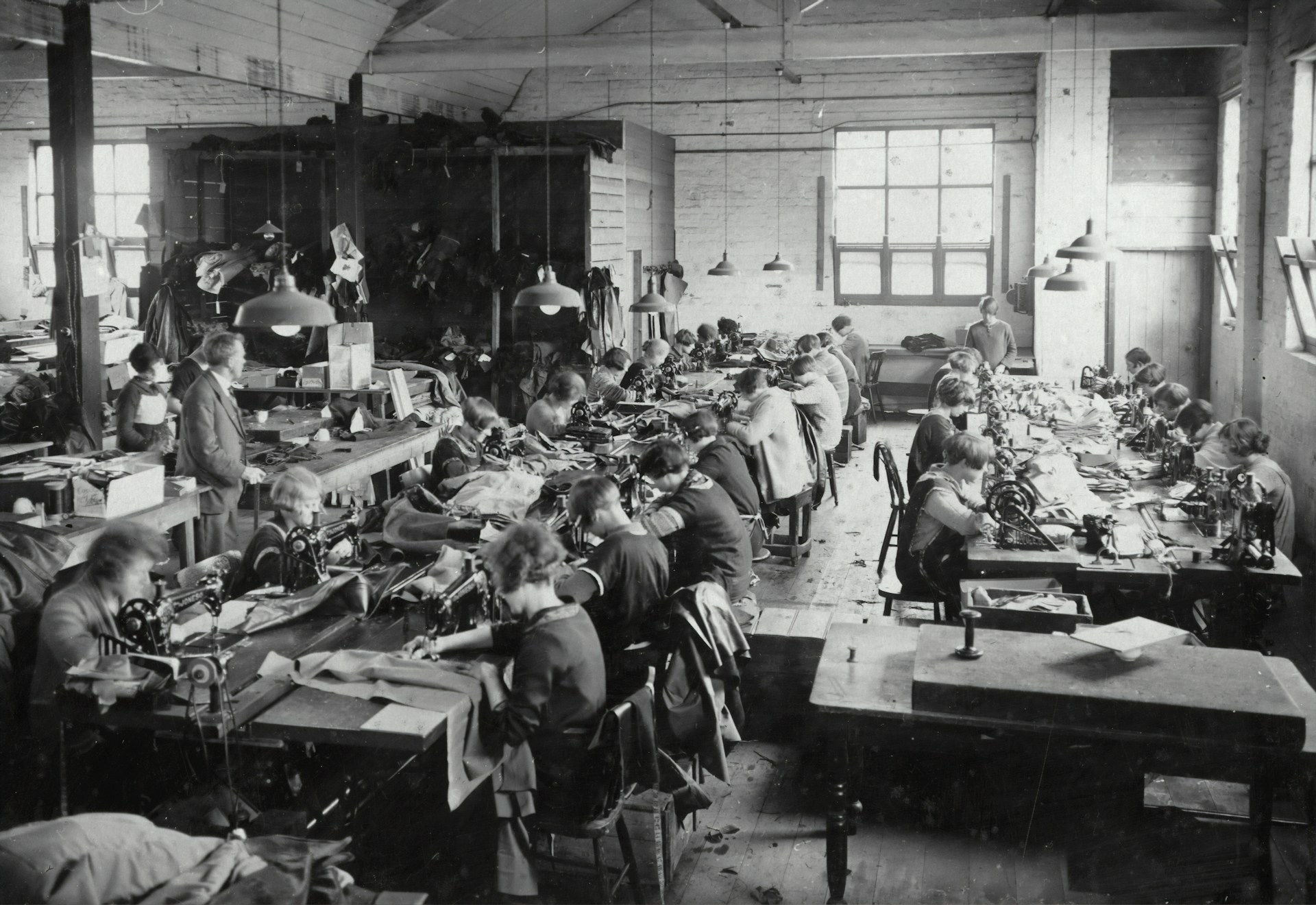In 2025, sustainability is no longer merely a trend; it has become essential. As a fashion label, your packaging is vital in minimizing waste and appealing to environmentally aware shoppers. But how can you make the switch to sustainable packaging for clothing without compromising quality or style? From compostable mailers to upcycled textile wraps, numerous creative options match your brand’s principles. Whether you’re a new designer or a seasoned retailer, selecting the appropriate packaging can distinguish you. Let’s examine the leading custom clothing packaging concepts that will enable your brand to remain environmentally friendly and outpace the competition!
The Importance of Sustainable Packaging in Fashion
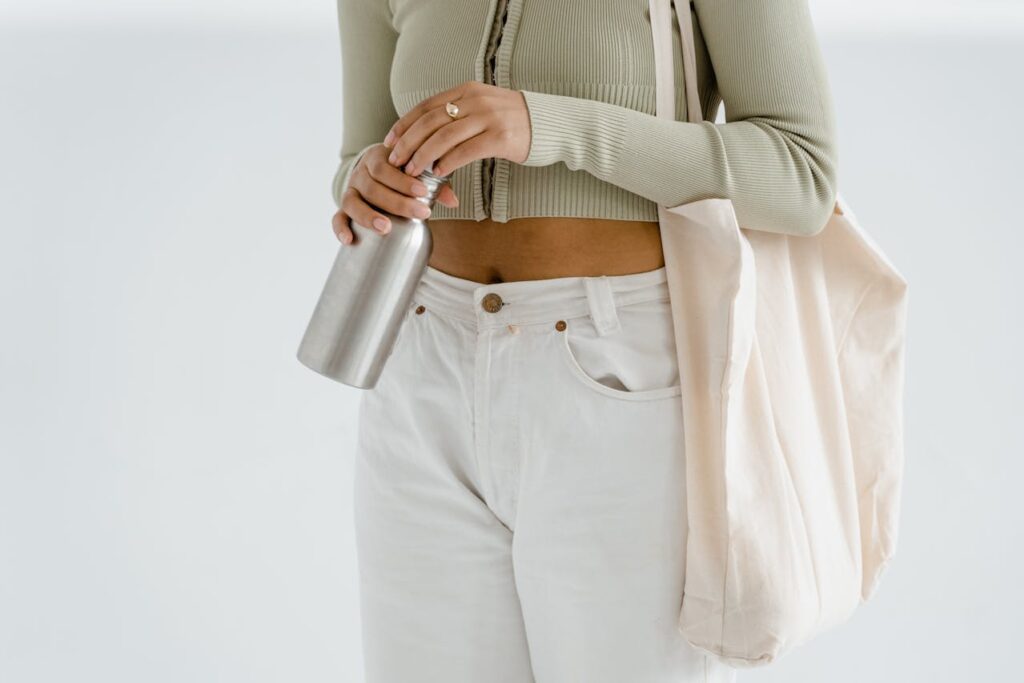
Sustainable clothing packaging has become essential for clothing brands striving to remain relevant in 2025; it’s no longer an option. Conventional packaging items, consisting of plastic baggage and non-recyclable packing containers, have a massive environmental impact.
These substances require years to break down, overcrowding landfills and jeopardizing marine life. By adopting clothing sustainable packaging, companies can decrease waste, minimize their carbon emissions, and promote a healthier environment.
Sustainable packaging not only benefits the environment, but it also enhances a brand’s image. Modern consumers choose organizations that value sustainability, making it an important factor in purchasing decisions.
When clients receive a product wrapped in biodegradable or recyclable materials, they partner the business with duty and moral values. This not simplest will increase purchaser loyalty, but additionally allows an enterprise to stand out in a highly competitive industry.
Furthermore, worldwide regulatory bodies are enforcing stronger rules on packaging waste. Authorities are enforcing stricter rules on plastic consumption, pressing businesses to switch to environmentally friendly alternatives.
Apparel brands that actively adopt sustainable clothes packaging options can evade legal issues and establish themselves as leaders in sustainability within the industry. By implementing sustainable practices now, brands may ensure long-term profitability while meeting consumer needs and environmental commitments.
Top Sustainable Packaging Ideas for Clothes for 2025

Biodegradable/compostable and recycled/recyclable materials are the maximum environmentally friendly alternatives for clothes packaging. Eco-friendly packaging is redefining the fashion enterprise, giving companies modern ways to reduce their environmental effect. In 2025, using sustainable packaging means more than just complying; it also means building a responsible and future-ready brand.
Fashion manufacturers provide a wide range of environmentally friendly solutions, including compostable and reusable products. Here are the leading sustainable packaging clothes concepts that can assist your brand in aligning with ecological objectives while ensuring quality and attractiveness.
Biodegradable Materials
Biodegradable packaging transforms the apparel business by enabling brands to reduce waste. These chemicals, produced from natural sources such as cornstarch, mushroom mycelium, or sugarcane fibers, degrade spontaneously and do not leave toxic residues.
Unlike conventional plastic, which takes centuries to dissolve, biodegradable solutions decompose in months, providing a more sustainable option for fashion packaging. The essential benefit of biodegradable packaging is its environmental friendliness.
It reduces landfill waste, cuts carbon emissions, and meets purchaser demand for environmentally beneficial items. Many main fashion manufacturers are now using cornstarch-based packaging materials and mushroom foam padding to guard clothing even as reducing trash.
Incorporating biodegradable materials into your packaging approach demonstrates your logo’s commitment to sustainability whilst supplying amazing, environmentally friendly packaging.
Recycled and Recyclable Materials
Using recycled and recyclable materials is a simple but effective way for textile makers to promote a circular economy. Materials such as recycled cardboard, paper, and plastics reduce the demand for fresh resources while avoiding waste from entering landfills. Recycled cardboard is often the most affordable clothing packaging sustainable option. It is readily available, broadly recyclable, and effortlessly adaptable to various product sizes.
Furthermore, designing packaging that is simple to recycle ensures that it can be reused in place of discarded. Brands benefit from this strategy by decreasing manufacturing costs, decreasing environmental impact, and adhering to sustainability regulations. Many companies now use recycled paper containers, recyclable poly mailers, and craft paper wraps for their product packaging.

These choices not only conserve assets but also enchantment to environmentally aware purchasers. Fashion brands could make an extensive distinction by way of the usage of recycled and recyclable materials while keeping the exceptional durability of their packaging.
Reusable Packaging
Reusable sustainable clothing packaging presents a creative approach that prolongs the life of packaging materials, minimizing waste and promoting sustainability. Rather than using single-use plastic bags or throwaway boxes, businesses can utilize cloth bags, durable containers, or long-lasting pouches that customers can reuse multiple times.
This strategy benefits brands by increasing customer connection and loyalty. When a consumer receives their goods in a trendy, reusable tote bag, they are more likely to use it for everyday tasks, increasing brand awareness. Similarly, robust storage boxes improve the unboxing experience while reducing waste.
Many premium fashion labels have already implemented reusable packaging to improve their brand image and environmental responsibility. By taking this approach, your brand may promote a more sustainable way of life while reducing its packaging footprint.
Minimalist Packaging
The rise of minimalist packaging in sustainable fashion highlights simplicity and efficiency. By utilizing only the necessary packaging materials, companies can greatly cut down on waste, save money, and lessen their environmental footprint.
This method frequently includes the use of recyclable paper wraps, plant-derived inks, and understated branding to preserve an environmentally friendly appearance. The main advantage of minimalist packaging is its effectiveness. By utilizing fewer materials, brands can reduce manufacturing expenses while maintaining the functionality and appeal of their packaging.
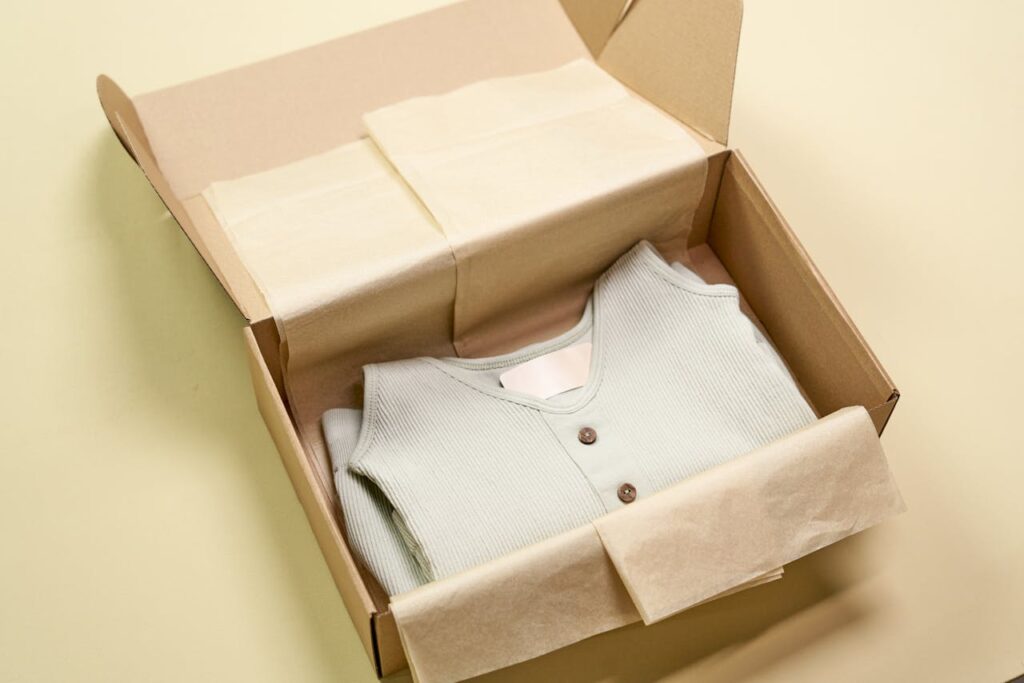
Shoppers value minimal packaging since it reduces excessive waste, enhancing the sustainability of their shopping experience. Numerous businesses are currently utilizing basic kraft paper wraps, biodegradable stickers, and sustainable ties to fasten their apparel. By implementing a minimalist packaging strategy, fashion brands can synchronize with sustainability objectives while preserving a chic and contemporary brand identity.
Innovative Materials
Investigating new packaging materials is critical for fashion firms seeking to excel at sustainability. Plastics made from seaweed, biodegradable textiles, and compostable films are setting new standards for sustainable packaging. These materials not only reduce reliance on fossil-fuel-derived plastics, but also provide a unique and novel branding opportunity.
One big advantage of using novel materials is staying current with industry changes. Brands that prioritize next-generation packaging solutions demonstrate a strong commitment to environmental responsibility and attract customers who respect sustainability.
For example, seaweed-based poly bags are gaining popularity as an environmentally benign alternative to traditional plastic mailers. Similarly, plant fiber-based biodegradable clothes bags ensure that the packaging degrades spontaneously after use. Incorporating cutting-edge materials into your packaging strategy allows your company to strengthen its environmental efforts while also appealing to a conscious and progressive consumer base.
Future Trends in Sustainable Packaging
As the fashion industry moves toward sustainability, innovative packaging choices are being developed to reduce waste and improve consumer experiences. By 2025, sustainable packaging will go beyond recyclability and biodegradability, integrating intelligent features, edible compounds, and renewable materials to promote a more environmentally friendly supply chain.
These improvements not only reduce environmental effects but also boost brand interaction, ease of use, and enduring sustainability. Let’s examine these innovative packaging trends that are influencing the future of fast fashion.
Smart Packaging
Technology is revolutionizing packaging, with smart packaging leading the charge to improve customer contact. This trend incorporates digital elements like QR codes, NFC (Near Field Communication) tags, and augmented reality (AR) features into packaging, allowing consumers to get product facts, sustainability reports, or compelling brand narratives with a simple scan.
Intelligent packaging offers clothes organizations a unique opportunity to teach customers about sustainability programs, dresser upkeep, and accountable sourcing. For example, a QR code revealed on a biodegradable envelope may direct customers to a web site outlining the fabric’s environmentally beneficial properties and how to put it off. This increases transparency while strengthening brand trust and loyalty.
Moreover, intelligent packaging aids in tracking the supply chain, minimizing waste, and guaranteeing authenticity. As fashion labels seek methods to establish a smooth digital experience, intelligent sustainable packaging options for clothing will turn into a crucial resource for environmentally aware interaction.
Edible Packaging
Edible packaging is a unique and promising leap forward in eco-friendly packaging, lowering waste by permitting consumers to devour or dissolve the bundle itself soundly. Initially developed for the food enterprise, this idea is being explored for style add-ons, excessive-cease clothes, and environmentally accountable promotional products.
These packaging materials consist of natural, biodegradable components such as seaweed, rice starch, or plant-derived polymers, guaranteeing that they have no environmental impact. Certain brands are testing water-soluble packaging that disintegrates in water post-use, while others are developing edible paper-like wraps infused with natural flavors for a more engaging unboxing experience.
For clothing brands, edible packaging may not completely substitute conventional garment boxes, but it can be incorporated into tags, labels, or small accessory packs to strengthen eco-friendly branding. It offers an exciting chance to please consumers while minimizing waste, making it a trend to observe in 2025.
Regenerative Materials
Sustainable packaging for clothes is progressing from merely reducing waste to creating regenerative solutions—materials that not only decrease harm but also enhance the environment. Regenerative packaging utilizes materials that absorb CO₂, enhance soil, or support biodiversity, guaranteeing a net positive effect on the environment.
An example is mycelium packaging, created from mushroom mycelia that breaks down organically while nourishing the soil with minerals. A further advancement is bioplastics made from algae, which capture carbon emissions while being produced and break down without leaving harmful substances. Furthermore, materials sourced from agricultural waste, like hemp or coconut husks, offer robust but biodegradable options for conventional packaging.
For apparel companies, regenerative packaging signifies a significant move toward circularity and ecological renewal. By selecting materials that benefit the environment instead of harming it, brands can establish genuinely sustainable supply chains that attract mindful consumers. This trend will significantly influence the future of fashion packaging in 2025 and subsequent years.
Disadvantages of Eco-Friendly Packaging
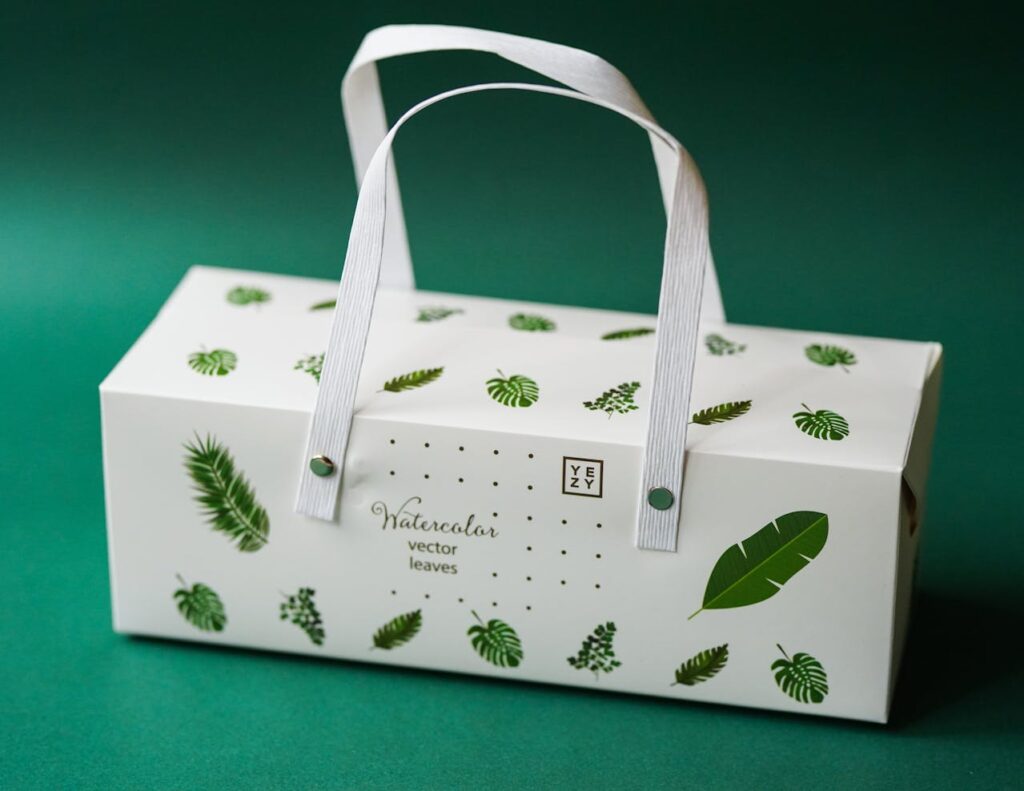
Sustainable packaging, although advantageous for the planet, may present certain drawbacks:
- Sustainable materials and production techniques often have higher startup costs than traditional packaging.
- Certain eco-friendly materials may lack the strength and durability of traditional polymers, resulting in more product damage during transportation.
- The range of sustainable packaging alternatives may be smaller than that of traditional packaging, making it more difficult to find suitable options for specific commodities.
- Certain eco-friendly items can contaminate recycling streams, reducing their efficiency if not properly disposed of.
- Although eco-friendly materials are generally more sustainable than traditional alternatives, their production can nevertheless have an impact on the environment, such as resource and energy use.
Lead the Change with Sustainable Packaging Solutions!
Sustainable packaging has become a must for style companies trying to reduce waste and meet environmentally aware customer needs in preference to simply a choice. The future of packaging guarantees to be creative and environmentally useful, the usage of biodegradable and recyclable materials in addition to sensible and regenerative solutions. By embracing these developments, clothing manufacturers can improve their sustainability projects, bolster brand loyalty, and stay proactive in adapting to changing industry guidelines. With the increasing demand for eco-friendly options, adopting sustainable packaging and marketing for clothing will distinguish your brand. Looking for eco-friendly custom apparel manufacturing solutions? Explore Weft Apparel’s sustainable fashion today!

